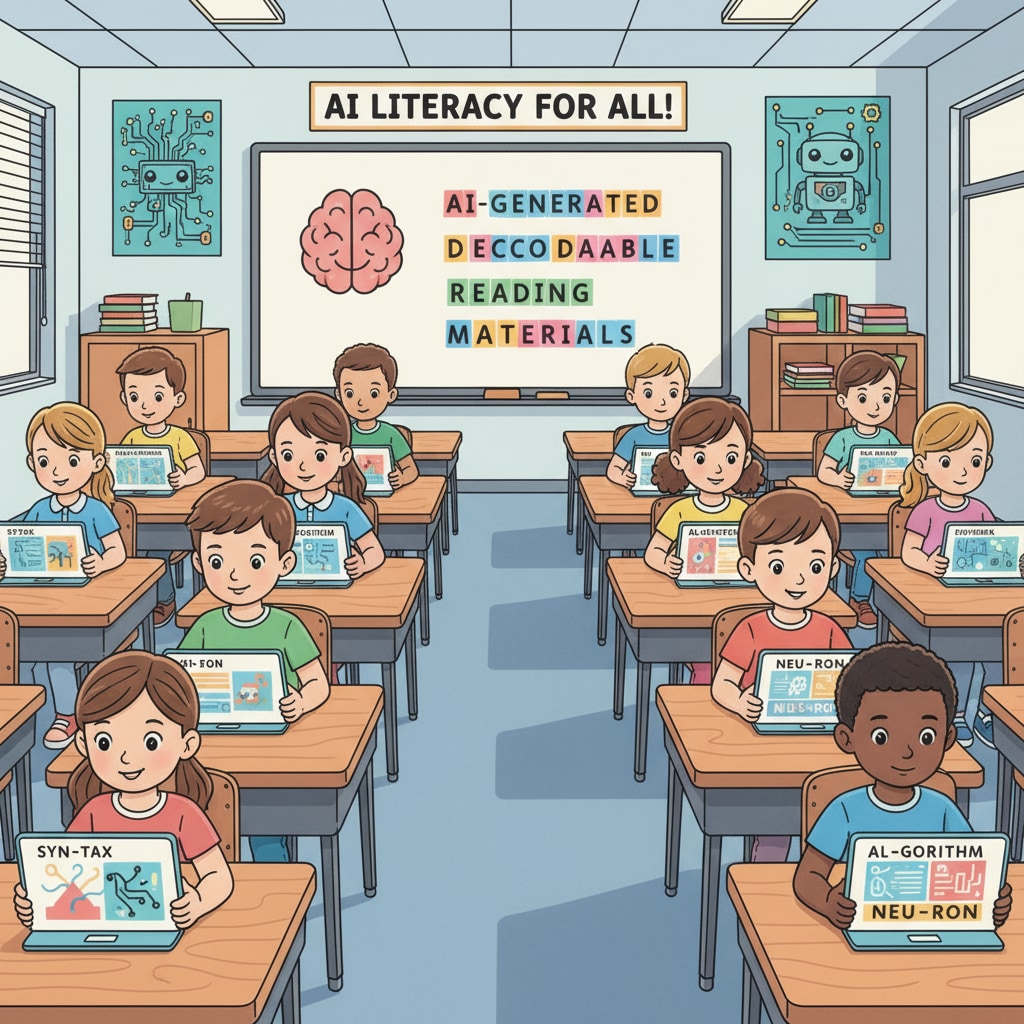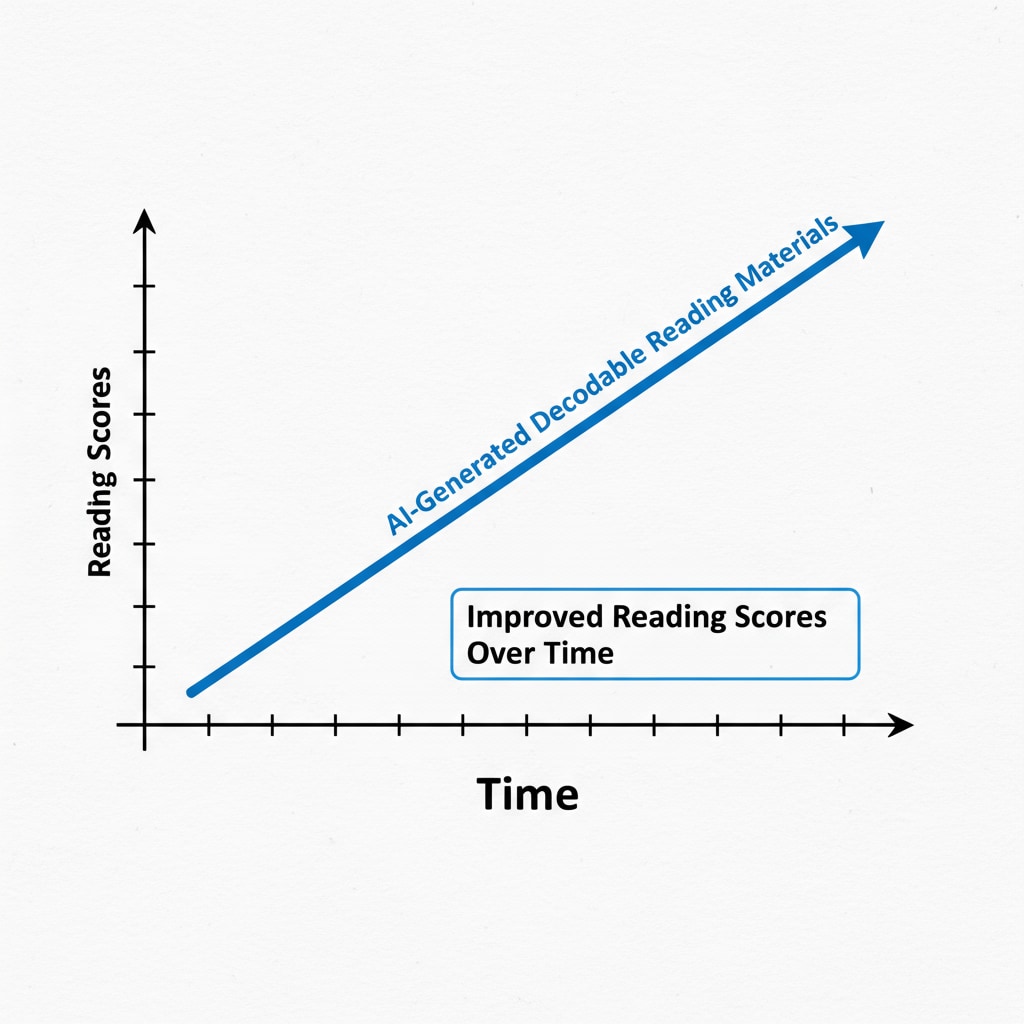AI tools, decodable reading materials, and educational applications are at the forefront of a significant transformation in K12 reading instruction. The advent of artificial intelligence has opened up new possibilities for creating personalized learning experiences in language education.

The Rise of AI in Reading Instruction
In recent years, AI has made remarkable inroads into the field of education. With its ability to analyze vast amounts of data and generate content tailored to individual needs, AI is revolutionizing the way reading is taught. For example, AI can quickly identify the reading level of a student and create customized reading materials accordingly. According to Artificial intelligence in education on Wikipedia, these tools can adapt to the unique learning pace and style of each student.
Benefits of AI-Generated Decodable Reading Materials
One of the key advantages of AI-generated decodable reading materials is the ability to meet the diverse needs of students. Teachers can now access a wide range of materials that are specifically designed for different reading levels. This personalized approach helps struggling readers build confidence and improve their skills. Additionally, it allows advanced readers to be challenged appropriately. As a result, overall reading proficiency in the classroom can be significantly enhanced.

Another benefit is the efficiency of content creation. AI tools can generate high-quality reading materials in a fraction of the time it would take a human educator. This gives teachers more time to focus on other aspects of instruction, such as one-on-one interactions with students. In addition, the materials can be updated and revised easily, ensuring that they remain relevant and engaging.
Limitations of AI in Reading Education
However, AI in reading education is not without its limitations. One concern is the potential lack of human touch in the generated materials. While AI can analyze patterns and data, it may not fully capture the nuances and creativity of human-authored content. Moreover, there are issues related to the accuracy and cultural sensitivity of the materials. Ensuring that the content is appropriate for all students and does not contain biases is crucial.
The Future of AI in K12 Reading Instruction
Looking ahead, the future of AI in K12 reading instruction appears promising. As technology continues to evolve, we can expect even more sophisticated tools that can better integrate with existing educational systems. For instance, AI may be combined with other emerging technologies like virtual reality to create immersive reading experiences. According to Educational technology on Britannica, this integration has the potential to further enhance student engagement and learning outcomes.
Readability guidance: This article uses short paragraphs and lists to summarize key points. Each H2 section provides a clear focus on different aspects of AI in reading education. The passive语态 is used sparingly, and long sentences are kept to a minimum. Transition words are used throughout to ensure a smooth flow of ideas.


